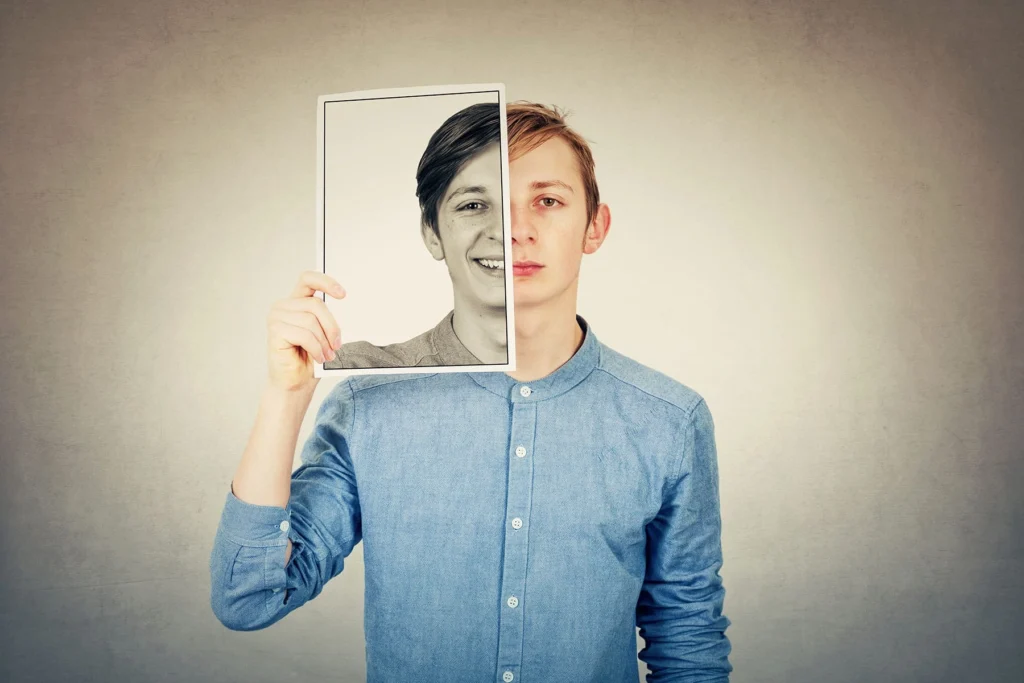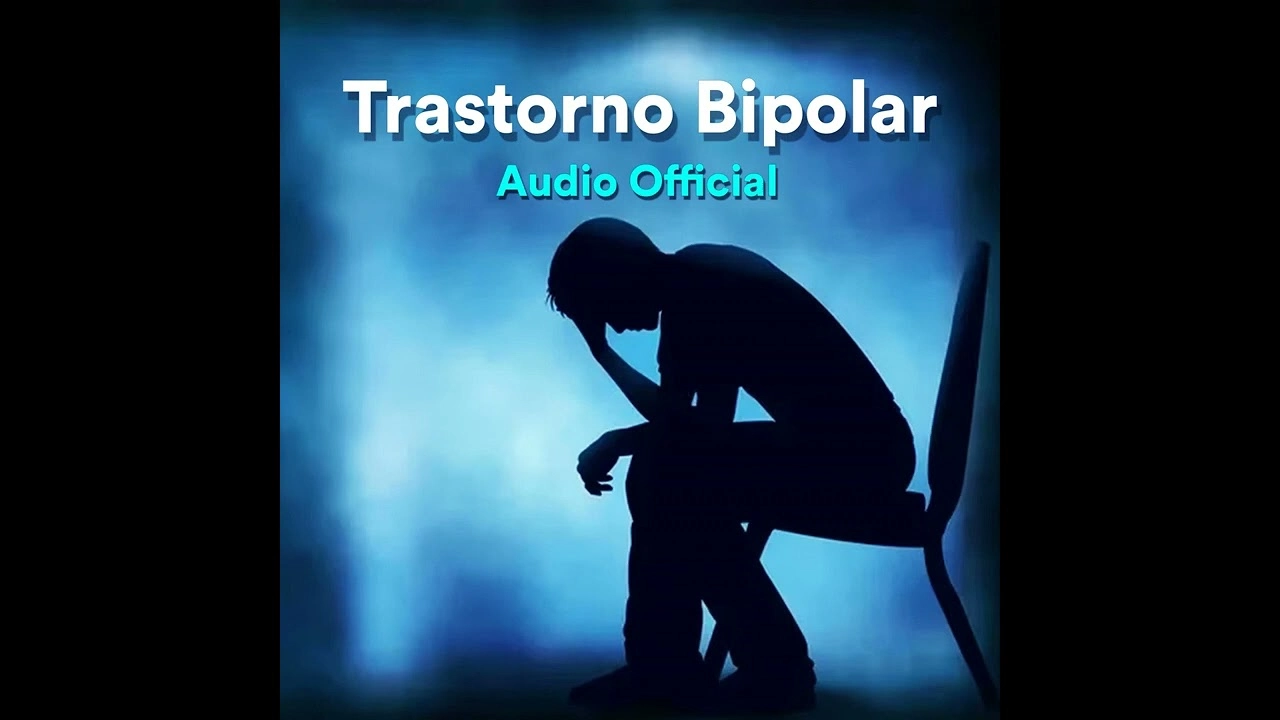Teenage Bipolar Test: Depressive episodes can result in persistent sadness, exhaustion, and social isolation. Whereas manic episodes might cause extreme impulsivity, hyperactivity, and insomnia. It might be challenging for teens and parents to differentiate between normal emotional changes and a more severe mood disorder because of these changes.

Identifying and treating early is crucial in helping adolescents learn coping mechanisms and manage their symptoms for long-term stability.
A Test for Parents of Children with Bipolar Disorder
This quiz is intended to help parents spot possible indicators of bipolar illness in their teens. It is not a diagnostic instrument, but it can assist you in determining whether or not you need expert evaluation.
A person with bipolar illness experiences dramatic mood swings between depressive and manic phases because their mental health is out of balance. Although mood swings are common during adolescence, bipolar disorder entails more severe and protracted episodes that can negatively impact a teen’s academic achievement, social interactions, and daily routine.
Different Forms of Bipolar Disorder
The severity and pattern of mood episodes determines the categorization of bipolar disorder into various subtypes. Knowing the difference might help parents and caregivers spot warning signs in their teens and get the right expert help.
Bipolar I Disorder
The most extreme form of bipolar I disorder is characterized by manic episodes that last at least seven days or necessitate hospitalization because of their severity. Depressive episodes, which can last for weeks or months, frequently follow these episodes. Because of their extreme shifts in mood, energy, and decision-making, teenagers with Bipolar I may find it hard to live their lives.
Bipolar II Disorder
The alternating periods of depression and hypomania, a less severe kind of mania that doesn’t significantly impair functioning, are the hallmarks of bipolar II disorder. Hypomanic episodes, in contrast to Bipolar I, do not result in hospitalization, but they can nevertheless impair a teenager’s capacity to manage relationships, academic achievement, and emotional equilibrium.
During hypomanic periods, adolescents with bipolar II may seem extremely active and productive, but they may later experience severe depressive episodes that have a negative impact on their drive and well-being.
Cyclothymic Disorder
Cyclothymic disorder is a less severe but persistent form of bipolar disorder characterized by repeated mood swings that alternate between depression and hypomania. Although the symptoms do not fulfill all the requirements for Bipolar I or II, they still induce emotional instability that might have an impact on one’s everyday existence.
Due to their tendency to be irritable, unpredictable, or overly sensitive to changes in their surroundings, teens with cyclothymic illness may find it difficult to maintain stable relationships and responsibilities.
Signs and Symptoms of Adolescent Bipolar Disorder

It might be challenging to diagnose bipolar disorder in adolescents since its symptoms can sometimes be mistaken for regular adolescent mood swings. The severity, length, and effects of mood swings on daily life, however, are what set bipolar disorder apart. A teenager’s behavior, thinking patterns, and emotional state can be greatly impacted by these adjustments.
Indicators of a Manic Episode
A youngster going through a manic phase may have excessive euphoria, anger, or an extraordinarily high degree of energy that appears out of proportion to the circumstances. They may be exceedingly awake and attentive even if they don’t get any sleep for a long time. They could jump between ideas and talk quickly, which might be problematic.
Additionally, manic episodes might cause impulsive and dangerous actions like driving erratically, overspending, or engaging in inappropriate social contacts. Some adolescents acquire an exaggerated feeling of self-importance, thinking they can achieve amazing accomplishments without genuine preparation or effort.
Symptoms of a Depressive Episode
In bipolar disorder, depressive episodes can cause a teen to experience continuous sadness, hopelessness, or emotional exhaustion. They could become bored with hobbies, socializing, or things they used to like. It becomes difficult to keep up with school, friendships, or everyday obligations as a result of overpowering weariness and a lack of vitality.
Sleep problems are prevalent, with some teenagers sleeping too much and others suffering from severe insomnia. Their mind may be dominated by feelings of worthlessness and guilt, which might cause them to become self-critical and socially withdrawn. In extreme cases, they can contemplate suicide or self-harm, necessitating prompt intervention.
Completing the Teenage Bipolar Test for Parents
Completing the Teenage Bipolar Test for Parents below might help determine if expert assessment and assistance are required if your teen displays these symptoms often and consistently. Early detection and treatment are crucial to making sure they get the right care for their long-term health and stability.
Early intervention is crucial to enhancing your adolescent’s long-term well-being if you have reason to believe that they may have bipolar disorder. If left untreated, bipolar illness can cause academic problems, strained relationships, a higher risk of drug abuse, and other mental health issues.







